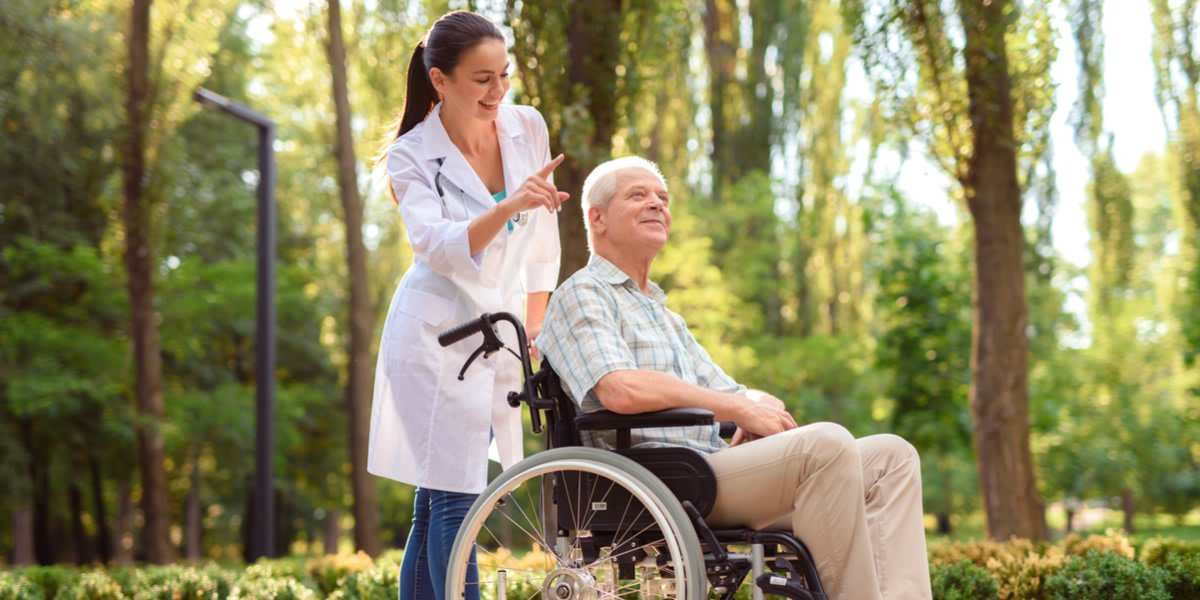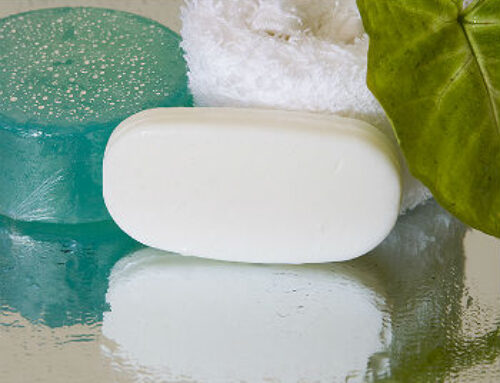According to the Centers for Disease Control and Prevention (CDC), around 326,000 hip replacements were performed in the US during the year 2010. This shows how common this intense procedure has become. Between 2000 and 2010, the age distribution of patients involved in this surgery changed significantly with the number increasing for younger groups and decreasing for older ones.
Before you undergo hip surgery, it is important to know what you’re signing up for. There are a few important questions that you need to know the answers to. What will be your experience after such a big surgery? Will you have a normal life afterward? What can be done to facilitate the recovery process? Will you need any mobility equipment for support?
Let us tell you how to ease the transition after the surgery and some useful post-surgery resources:
The Healing Time
The National Institute of Arthritis and Musculoskeletal and Skin Diseases (NIAMS) says that hip replacement surgery follows 3-5 days of hospital stay. However, the full recovery may take about 3 to 6 months depending on the type of hip surgery, your health state, and how successfully you have succumbed to rehabilitation.
The first day after the surgery, your system will be injected with a heavy dose of medicines. This will make you a bit groggy but not uncomfortable. The very next day, you will be able to get out of bed with assistance despite having surgery on the largest joint of your body. As for the third day of the surgery, be ready to feel like you’ve got hit by a truck.
It is important to talk to your doctor regarding their recommendations for taking anti-inflammatory and pain relief medicines, and using cold compresses on the injured area. This will help in curbing the pain but remember, once you get through the third day, the pain and swelling will automatically start getting better.
Using the Right Mobility Aid
Mobility equipment is an essential part of the rehabilitation program and can immensely help you during the recovery period. While it is important to keep moving during this time to build strength in your lower body, a lot of care also needs to be taken to avoid any kind of accident or mishap.
Moving around will aid in speeding up the recovery process and improve blood circulation to your legs and feet. This reduces the chance of getting a blood clot, which poses a serious risk following any kind of surgery. These clots can be prevented by early movement and light exercises.
You’ll want to take full advantage of the replaced hip but do not push your limits. Getting out of the bed and increasing the muscle movement will prevent the hip from getting stiff. Remember that getting out of bed and being able to walk with a handicap cane or walker is one of the goals that need to be achieved before leaving the hospital.
There are multiple mobility aids to assist you to walk until you’ve entirely recovered from the surgery. They also help in the recovery process as moving around lets you build up strength in the lower body area and helps in adjusting to the new hip. However, there are times when rest becomes necessary – thus, a manual wheelchair or 4 wheel power scooter may become necessary.
A wheelchair also proves to be a good option if you have no caregiver. The only concern is that the layout of the house should be able to support it. Wheelchairs are easy-to-fold, have adjustable footrests, and can easily be cleaned. They are heavier as compared to other mobility options weighing between 28 to 32 pounds, but still a good fit to carry with you in the car.
Other Types of Mobility Equipment
When you don’t need a wheelchair any longer, there are multiple other mobility options to aid you until you can without any support.
Walker
Being the most supportive walking aid, it is excellent for patients who have poor balance or low body strength. The latest walkers come equipped with more convenient options.
Quad Cane
Quad canes are ideal for people who need more stability than a standard single-point cane but can do without the full support of the walker.
Crutches
Crutches require body strength and this makes them a less useful option for the elderly. However, they provide excellent support for those with ample strength.
Practical Tips for Someone Recovering
Here are a few tips on how you can keep life as simple as possible during recovery.
- Limit yourself to the ground floor of your house.
- Stock up on your groceries and personal hygiene items.
- Install safety bars in the shower and keep non-slip bathmats in the bathroom.
- Remove electrical cords, throw rugs, and anything else that may cause you to fall.
- Make a clear pathway between different rooms.
- Keep boxes, packages, and other clutter out of the way.
- Keep the entire house well-lit.
- Purchase a toilet seat for hip replacement patients, which will help minimize bending pain.
- Simplify the setting of your house and keep the necessary items within your reach.
- The bed should be low enough so that your feet touch the ground when you sit on the edge. You may even want to consider an adjustable bed such as a hospital bed, so that you can adjust it as high or as low as you need for easy entry and exit.
The Bottom Line
A hip replacement surgery is a very demanding procedure and requires a lot of patience from the person undergoing it. To ensure a smooth recovery, one needs to take ample care, especially if you’re living alone. Many concerns cross your mind and you wonder when you’ll be able to shower on your own and walk without any support.
Moving around on a wheelchair is a suitable option during the early days of the surgery as it lets you not put any weight and pressure on the lower part of your body. A wise idea is to borrow such items instead of spending your money on something which is only required for a limited time.
Another way to speed up the recovery process is to get chiropractic treatment which will help you gradually adjust to the replaced hip. Most importantly, your food intake will provide your body with the kind of nutrition and energy required to fight off the infections and gain strength. The healthier you eat, the better you heal!






